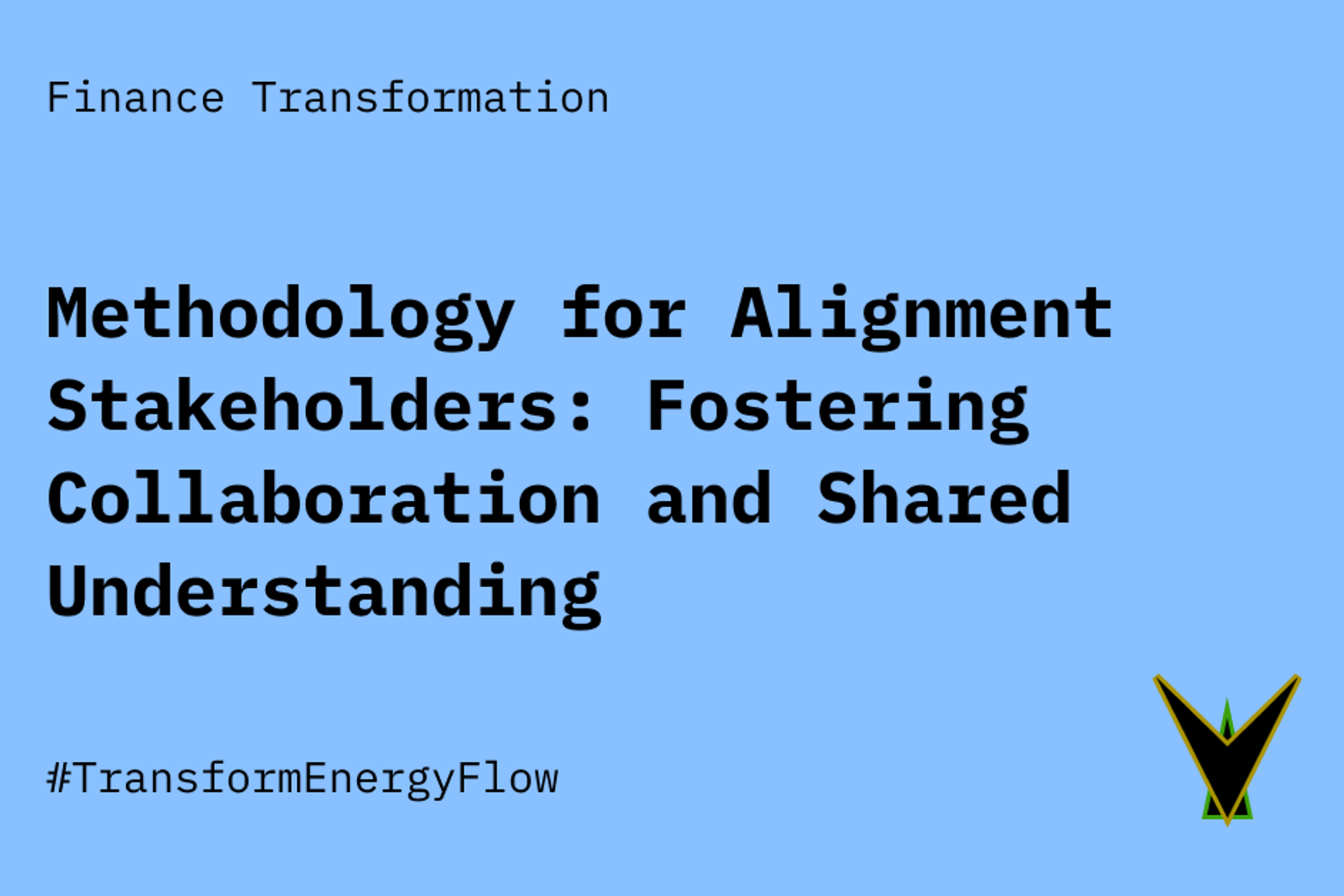Tuesday, May 6, 2025
Methodology for Alignment Stakeholders: Fostering Collaboration and Shared Understanding


Collaboration among business stakeholders is often fraught with challenges that can hinder project success and slow down transformation initiatives. These challenges include the difficulty in aligning numerous stakeholders who may have varied interests in the project and its outcomes. Competing priorities among stakeholders, stemming from personal goals, departmental objectives, or differing professional backgrounds, can also create significant hurdles. Resource constraints can lead to competition among stakeholders, further complicating collaborative efforts. Breakdowns in communication, both among stakeholders and with the project team, are a common obstacle, potentially delaying the project or preventing the team from receiving necessary information. Resistance from stakeholders to share crucial information can also impede progress. Furthermore, a lack of centralized communication and decision-making hubs, coupled with a lack of alignment on overall goals and expectations, can fragment collaboration. Poor stakeholder engagement, stemming from a lack of communication or divergent priorities, can lead to project inertia and unmet expectations. Underlying these issues can be siloed mentalities and a lack of empathy between different departments, as well as a general fear of change and resistance to new ideas. Ineffective communication, including the use of jargon and unclear messaging, can also exacerbate these challenges.
Fragmented communication has a significant negative impact on project timelines and overall success. Research indicates that poor communication is a contributing factor in 56% of projects that fail. A lack of clarity regarding project timelines, goals, and requirements can lead to misunderstandings and subsequent delays. Miscommunication arising from fragmented channels can result in errors in work and further postpone project completion. Inefficient communication during the planning phase can escalate costs and cause additional delays. Without clear communication, it becomes challenging to define individual responsibilities and ensure accountability, negatively impacting progress and project quality. Fragmented communication can also lead to inconsistent brand messaging and a disjointed user experience. The practice of "blanket bombing" stakeholders with irrelevant or duplicate notifications can overwhelm them and diminish the effectiveness of communication efforts.
Standardized frameworks for process analysis and collaboration offer numerous benefits in addressing these issues. Standardizing processes streamlines workflows, eliminates redundant activities, and reduces the likelihood of errors. This standardization ensures consistency in how tasks are executed, leading to higher quality outputs. By optimizing resource utilization and eliminating inefficiencies, standardized processes can also result in cost savings. Moreover, they make it easier to comply with regulatory requirements and mitigate risks. Standardization fosters a common understanding and language across departments, thereby improving collaboration and communication. It also simplifies the training and onboarding process for new employees and provides a solid baseline for continuous process improvement.
Arfiti's 'Methodology for Alignment Stakeholders' is designed to solve the problem of fragmented collaboration by providing a common framework for vendors, consultants, and internal teams. This standardized approach directly addresses the challenge of inconsistent communication and ensures that all parties involved in a project or transformation initiative are working from the same foundation. By offering a shared framework, Arfiti promotes alignment on goals and expectations among diverse stakeholders, fostering a more cohesive and effective working environment. The methodology can incorporate visual tools and standardized templates, which facilitate clearer communication and reduce the potential for misunderstandings. Drawing insights from the Wu Xing analogy, Arfiti's framework can help stakeholders understand the interconnectedness of finance processes and identify imbalances, encouraging a more holistic perspective and collaborative problem-solving. This unifying approach helps break down silos, promotes a shared understanding of process interdependencies, and ultimately drives better alignment and more successful outcomes in finance transformation initiatives.